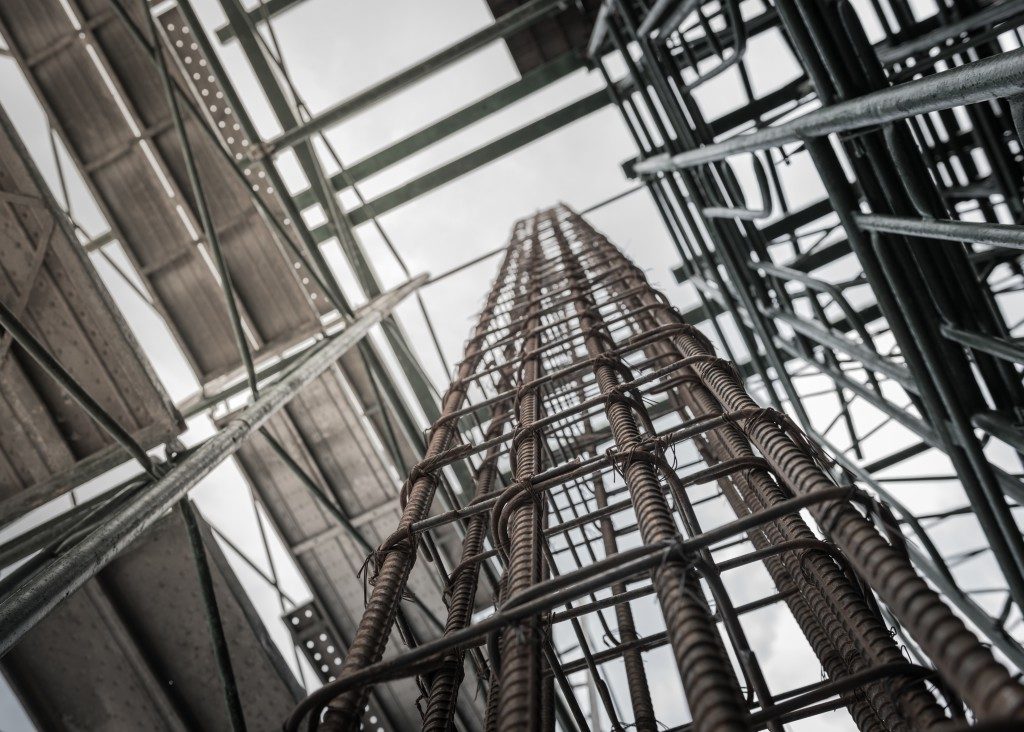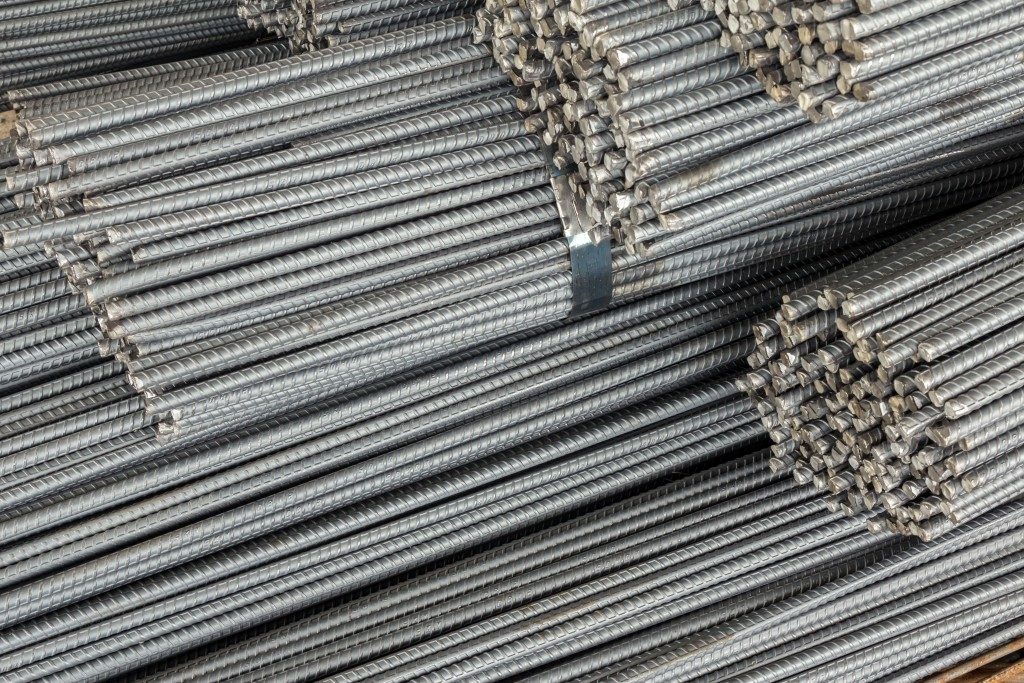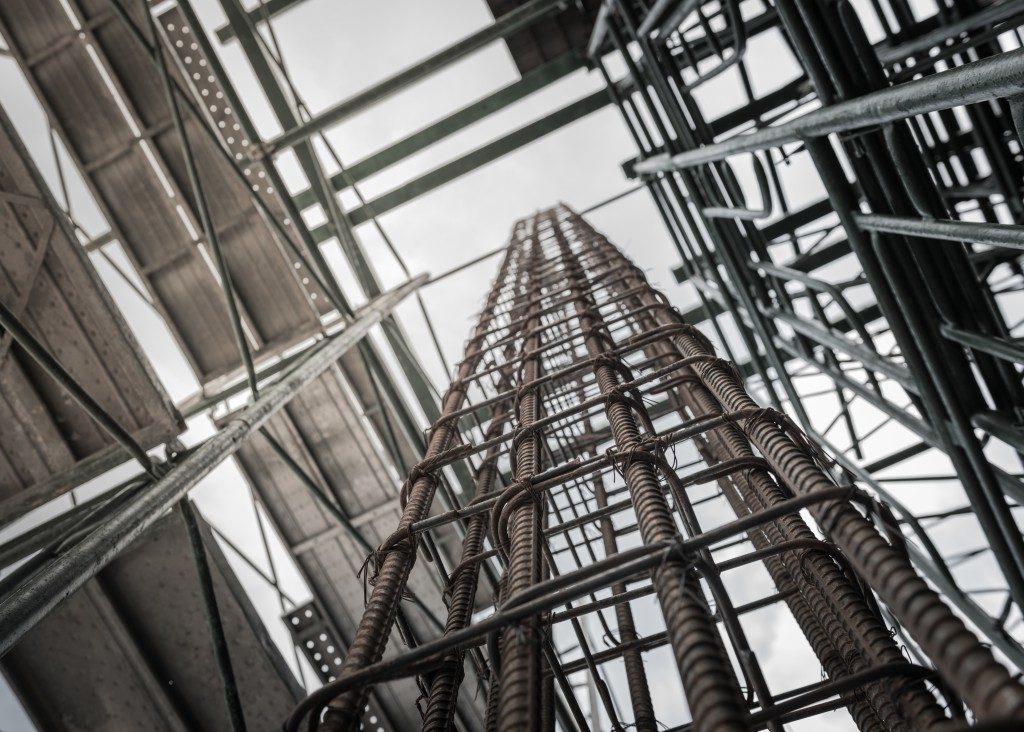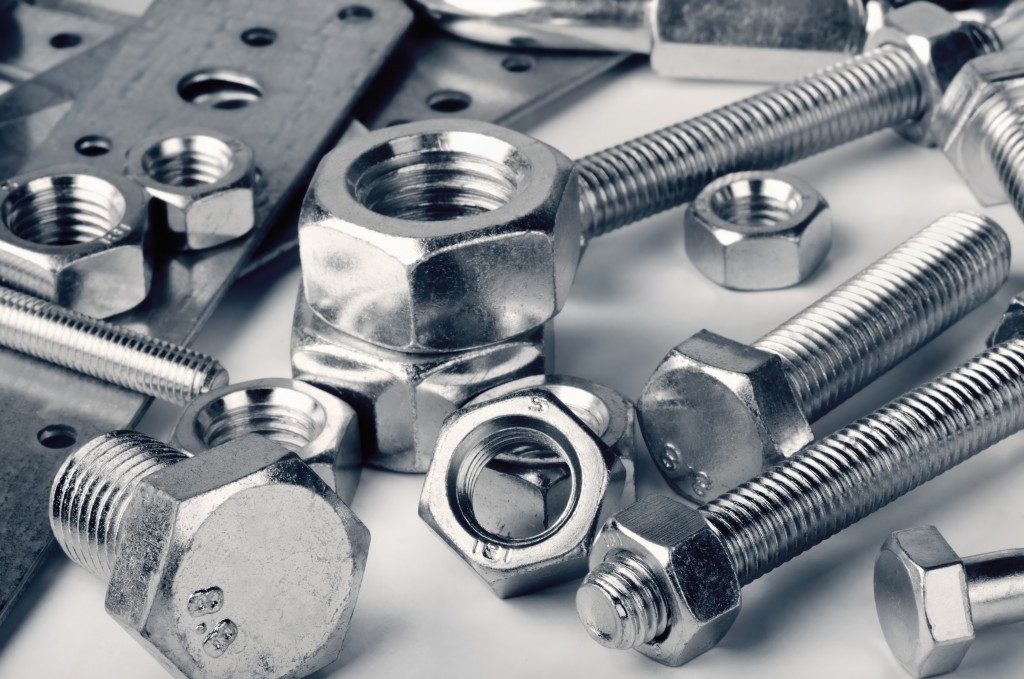
When carrying out concrete projects, the use of a concrete floor reinforcing mesh is inevitable. That is typically so because you need the bars for extra strength and support. Regardless of the size of the construction project, it is essential that you get the right reinforcing mesh. Follow that with placing the mesh appropriately to get the most out of it.
Critical details of the reinforcement mesh you should get right include the length of the bars, correct number, positions, and bends. The following will highlight more on these considerations.
Achieve Sufficient Concrete Cover
When you place reinforcing steel inappropriately, you compromise on the cover you give to your structure. Ideally, this cover lies between the concrete surface and the reinforcing mesh. Inadequate concrete cover exposes the reinforcing mesh to the surrounding weather elements. That, therefore, predisposes it to corrosion and rusting. Further, check your local building code for more details on the mixing proportions of the concrete cover.
Correct Positioning
The overall design of your concrete structure depends on the right placement of the reinforcing mesh. If you position the steel wrongly, you are subject to structural problems. For example, raising or lowering the bars cuts down on the carrying capacity of your structure. A conventional method of placing the reinforcement bars is pouring concrete on top and beneath the bar and is a wrong approach. You need bar supports that can either be of plastic, steel, or concrete.
Tie Wires to Prevent Displacement

You also need to secure the reinforcing mesh using tie wire. That will ensure it stays in the right position during concrete placement and the next construction processes. Tie wire is available in coils of either three or four pounds. You should place the tie wire in a reel that suspends from your belt for easy access. The tie wires also come in multiple varieties where each suits a unique application.
The ties do not contribute to the structural strength of your structure. Therefore, it is unnecessary to tie each intersection in your structure. Usually, tying after every four intersections is sufficient to keep your steel in place. You also can tie various other intersections if you are making the preassembled reinforcing mesh. Such will make your assembled structure strong enough for placement.
Embrace Tolerance
Although there is a requirement that you should place your bars as closest to the required position, that is not always the case. You need to have a variation better known as tolerance in reinforcing bar positioning. The tolerance dictates the farthest the rebar can be from what the local building drawings provide. However, tolerance is adjustable. Actual bar positioning is not important provided you place the correct number of bars, and there is sufficient concrete cover.
It is no doubt that concrete floor reinforcing mesh is essential to the ultimate structural strength of your concrete floor. But, adhere to the correct procedures for reinforcing mesh and bar placement to ensure that the result is strong. Besides, use the right placement techniques and hire skilled labour. But also, use quality reinforcing steel, bar and tie wires for the best results.


